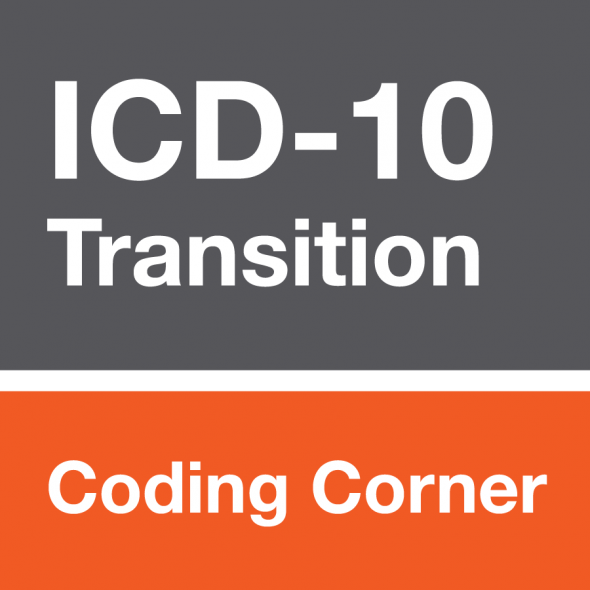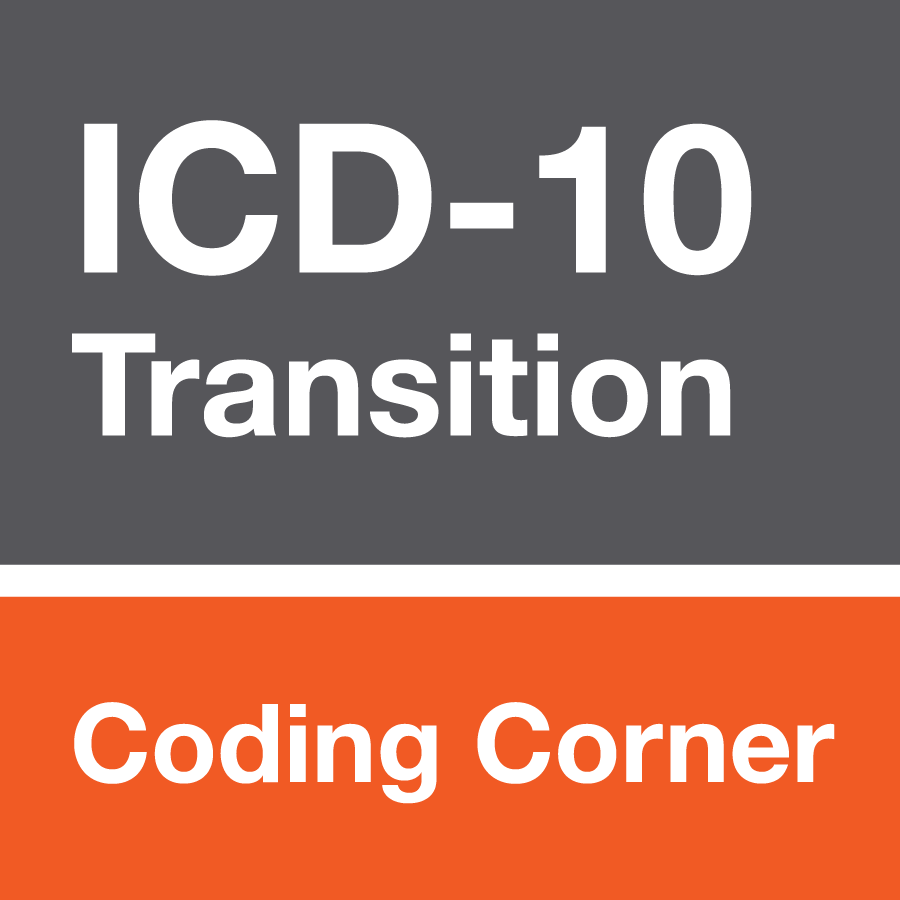
The good news is that our operations did not grind to a halt on Oct. 1, 2015, as others in the industry; we made it. Many are reporting that the transition from ICD-9 to ICD-10 went smoothly. Overall, everything we did to get ready for ICD-10 paid off. However, with everything new, ICD-10 didn’t come without its challenges. Hot topics were reported to be coding with Excludes 1 notes, the seventh characters for fractures and injuries. Coding accuracy is very important. With all the potential changes to the billing system, we need to have a strong understanding of coding and the coding guidelines. There is still some work ahead of us.
Code Highlight – Replacement Coding
This month’s code highlight is coding surgeries. When you look at a patient/resident recovering from a recent surgery, we need to first ask ourselves why they need our services. Most of time, it is going to be to heal from the surgery, so in that case we need to look at aftercare codes. I know when ICD-10 first came out, we said no aftercare codes; this only applies to our fracture codes. There are times when it is appropriate to code an aftercare code. Then it was said we need to use the other ortho aftercare code. Now with some research we have a final answer. Here are the steps to look up a hip replacement.
Hip Replacement (when coding in Optum)
First, type in “aftercare”; this will bring you to Z47 Orthopedic aftercare. Click on the folder to open more code options.
Next, look at the list of codes you have to choose from, and you will find Z47.1-Aftercare following joint replacement surgery. This the code that fits this case. When you look in the tabular list, the note will tell you to Use additional code to identify the joint (Z96.6). From there, you can see there are codes for:
- Z96.641, Presence of right artificial hip joint
- Z96.642, presence of left artificial hip joint
- Z96.643, presence of artificial hip joint, bilateral
- Z96.649, presence of unspecified artificial hip joint
Choose the code that is most appropriate to the documentation you have. You will end up with two codes for this one diagnosis, so we want to make sure we go the extra step and get the codes we need.
Coding Challenge
The Coding Challenge is back by popular demand. Each month I will put up coding scenarios that I get from the field and have you code what you think needs to be coded. Then next month, I will have answers to this one and a new one. Send in your tricky coding scenarios to codingpartner@ensignservices.net.
By Casey Bastemeyer RHIT, CCA, CHPS, RAC-CT, AHIMA-Approved ICD-10-CM Trainer

